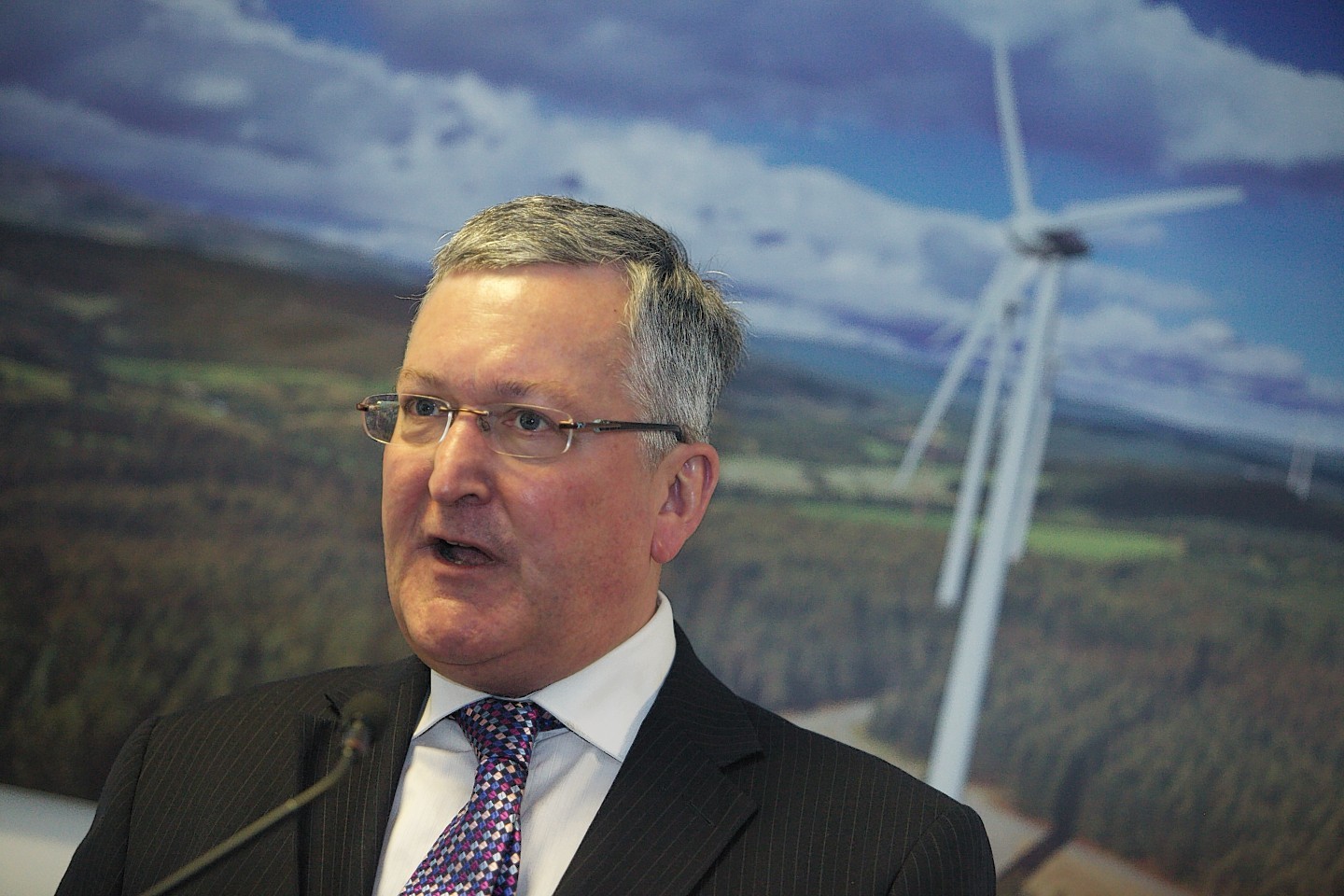Highland councillors will make their own observations on Tuesday about the next line of super pylons planned for the north, linking substations along the 100-mile route from Kintore in Aberdeenshire to Beauly where it links in to the Denny transmission line.
Scottish Hydro Electric Transmission (Shet) is currently consulting on a new, double circuit 400-kilovolt overhead line.
An extensive consultation process is underway on the preferred route. A formal planning application is expected to be submitted in 2018.
Shet envisages an overhead line mounted on 164ft-high steel lattice towers each spanning 985ft across the ground.
That compares with the existing 125ft tall pylons between Balblair substation at Beauly and Blackhillock substation at Keith – and 213ft-high Beauly to Denny pylons.
Stretching across three local authority areas, the western leg is within Highland Council, the central section in Moray and the eastern part in Aberdeenshire.
A series of public meetings is continuing.
Within Highland, the line will run close to but south of the existing Balblair – Dallas – Blackhillock grid line, and to the south of Beauly, Inverness, Culloden, Cawdor and Ferness.
Prior to the discussion, Highland Council’s south planning committee will hold a site visit to try to gauge the impact of a massive new substation proposed for a wilderness near Laggan, in Badenoch.
Members insisted on the site visit despite committee chairman Jimmy Gray’s suggestion last month that they based their decision on images presented to them in the council chamber.
Officers have recommended approval of the proposed 27-acre Melgarve substation, near Garvamore.
It is proposed to the 67-turbine Stronelairg Windfarm which is currently in the lap of judges at the Court of Session in Edinburgh following a legal challenge by wild land charity the John Muir Trust.
It claims that Energy Minister Fergus Ewing’s approval, last year, for a windfarm the size of Inverness (CORRECT) breached planning laws because it would destroy “wild land.”
Mr Ewing approved it without a public inquiry and in the face of objections including that of the government agency Scottish Natural Heritage.
